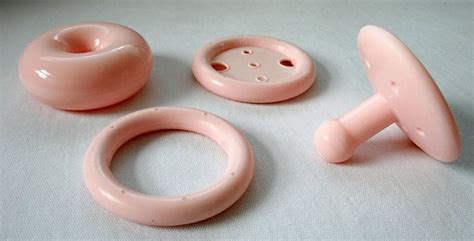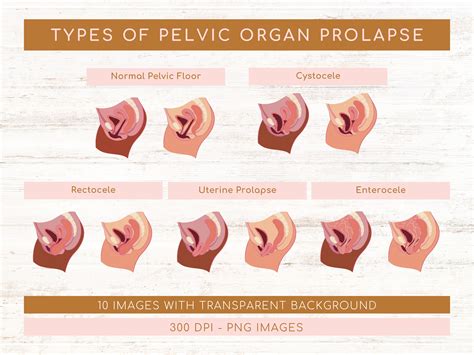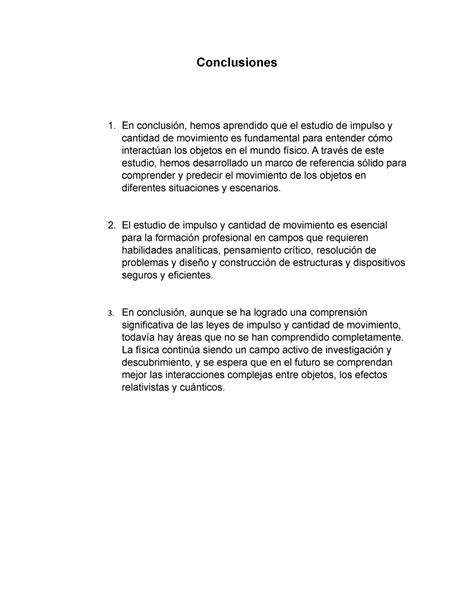Intro
Pessary helps prolapse by providing support, relieving symptoms, and promoting pelvic floor health, offering a non-surgical solution for uterine and bladder prolapse management, improving quality of life.
Prolapse, a condition where the pelvic organs bulge into the vagina, can significantly impact a woman's quality of life. It can cause discomfort, pain, and embarrassment, affecting daily activities and relationships. Fortunately, a pessary, a removable device inserted into the vagina, can provide relief and support for women with prolapse. In this article, we will explore the ways a pessary can help alleviate the symptoms of prolapse and improve overall well-being.
The importance of addressing prolapse cannot be overstated. If left untreated, prolapse can lead to further complications, such as urinary incontinence, constipation, and chronic pain. Moreover, prolapse can affect a woman's self-esteem and confidence, making it essential to seek medical attention and explore treatment options. A pessary is a non-surgical solution that can help manage prolapse symptoms, and its benefits are numerous.
Prolapse is a common condition that affects many women, particularly those who have given birth, are postmenopausal, or have a family history of prolapse. The condition can be caused by weakened pelvic muscles, which can be due to various factors such as childbirth, aging, or certain medical conditions. A pessary can help support the pelvic organs and alleviate symptoms, making it an attractive treatment option for women who prefer a non-invasive approach.
What is a Pessary?

Types of Pessaries
There are several types of pessaries available, each designed to address specific types of prolapse. Some common types of pessaries include: * Ring pessary: A flexible ring that provides support for the vagina and pelvic organs. * Donut pessary: A ring-shaped pessary with a hollow center that provides additional support. * Gellhorn pessary: A pessary with a stem that provides support for the cervix and uterus. * Cube pessary: A pessary with a cubic shape that provides support for the vagina and pelvic organs.Benefits of Using a Pessary

How to Use a Pessary
Using a pessary is relatively simple, and a healthcare provider can provide guidance on how to insert and remove the device. Here are some general steps to follow: 1. Choose the right size and type of pessary: A healthcare provider can help determine the most suitable pessary for each individual. 2. Insert the pessary: The pessary is inserted into the vagina, and it is essential to follow the healthcare provider's instructions for insertion. 3. Remove the pessary: The pessary should be removed regularly for cleaning and maintenance. 4. Follow up with a healthcare provider: Regular follow-up appointments with a healthcare provider are essential to ensure the pessary is working effectively and to address any concerns or issues.5 Ways a Pessary Helps Prolapse

Pessary Maintenance and Care
To ensure the pessary works effectively, it is essential to follow proper maintenance and care instructions. Here are some tips: * Clean the pessary regularly with mild soap and water. * Remove the pessary regularly for cleaning and maintenance. * Follow the healthcare provider's instructions for insertion and removal. * Attend regular follow-up appointments with a healthcare provider.Pessary Risks and Complications

Who is a Good Candidate for a Pessary?
A pessary is a suitable treatment option for women who: * Have prolapse symptoms * Prefer a non-surgical solution * Are not candidates for surgery * Have a history of prolapse or pelvic organ prolapse * Are looking for a temporary solution to manage prolapse symptomsConclusion and Next Steps

We invite you to share your thoughts and experiences with pessaries in the comments below. If you have any questions or concerns, please do not hesitate to reach out. Additionally, if you found this article informative and helpful, please share it with others who may benefit from this information.
What is a pessary, and how does it work?
+A pessary is a small, removable device made of silicone or latex that is inserted into the vagina to support the pelvic organs. It works by providing a physical barrier that helps to lift and support the prolapsed organs, reducing discomfort and pain.
What are the benefits of using a pessary?
+Using a pessary can provide numerous benefits, including relief from discomfort and pain, improved bladder control, increased confidence, and a non-surgical solution to manage prolapse symptoms.
How do I care for my pessary?
+To care for your pessary, clean it regularly with mild soap and water, remove it regularly for cleaning and maintenance, and follow the healthcare provider's instructions for insertion and removal.
What are the potential risks and complications of using a pessary?
+While a pessary is generally a safe and effective treatment option, there are some potential risks and complications to be aware of, including discomfort or pain, infection, vaginal discharge, and urinary tract infections.
Who is a good candidate for a pessary?
+A pessary is a suitable treatment option for women who have prolapse symptoms, prefer a non-surgical solution, are not candidates for surgery, have a history of prolapse or pelvic organ prolapse, or are looking for a temporary solution to manage prolapse symptoms.
